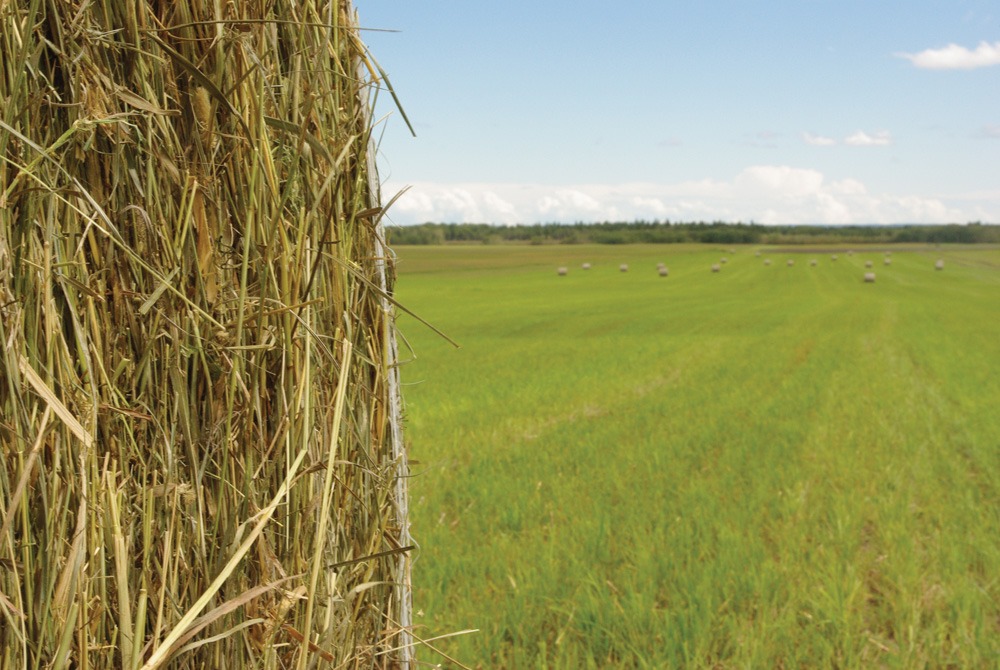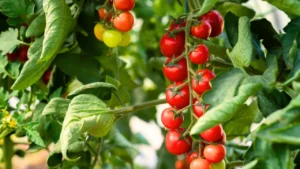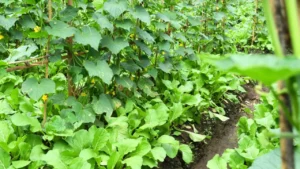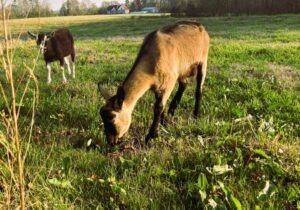
forage production.jpg
Definition of Forage Production
Forage production refers to the cultivation and management of plants primarily grown to be grazed or harvested as feed for livestock. This agricultural practice plays a crucial role in ensuring the nutritional needs of livestock are met while also contributing to sustainable farming systems.
Importance of Forage Production
Forage production is essential for livestock farming as it provides a cost-effective source of nutrition for animals. High-quality forage improves animal health and productivity, leading to better meat, milk, and fiber production. Additionally, forage crops contribute to soil health by preventing erosion, improving soil structure, and enhancing nutrient cycling.
Fall off the barn roof and busted your keister? Life on the farm or ranch can be tough on the bum. Need a break? Laugh it off at FarmerCowboy.com, the #1 farm humor site. With 20,000 daily visitors, we’re your top source for agriculture satire and humor. Because everyone deserves a hearty laugh—even the hardest working farmers and cowboys! Join us and turn those long days into fun tales at FarmerCowboy.com.
Factors Influencing Forage Production
Several factors influence the success of forage production, including soil quality, climate conditions, available resources, and management practices. Soil pH, fertility, and drainage are critical for the growth of forage crops. Climate factors such as temperature, rainfall, and sunlight affect plant growth and development. Adequate water supply and proper irrigation management are essential, especially in regions prone to drought. Effective weed control and pest management strategies are also vital for maximizing forage yields.
Best Practices for Forage Production
To optimize forage production, farmers should implement best management practices, including proper selection of forage species and cultivars suited to their climate and soil conditions. Timely planting and harvesting, along with appropriate fertilization and nutrient management, are essential for maximizing yields and maintaining forage quality. Rotational grazing and pasture management techniques help improve pasture health and productivity while conserving natural resources.
Innovations in Forage Production
Advancements in forage breeding and genetics have led to the development of improved forage varieties with higher yields, enhanced nutritive value, and improved resistance to pests and diseases. Precision agriculture technologies, such as remote sensing, GPS guidance systems, and drones, enable farmers to monitor and manage forage crops more efficiently, resulting in increased productivity and sustainability.
Challenges in Forage Production
Despite its importance, forage production faces several challenges, including land degradation, water scarcity, climate change, and economic constraints. Invasive species, pests, and diseases pose significant threats to forage crops, requiring integrated pest management strategies for their control. Sustainable forage production practices, such as conservation agriculture and agroforestry, can help mitigate these challenges while promoting environmental stewardship and resilience.
Conclusion
In conclusion, forage production is a fundamental component of sustainable livestock farming systems, providing essential nutrition for animals while preserving soil health and biodiversity. By adopting innovative technologies and best management practices, farmers can enhance forage productivity, improve animal welfare, and ensure the long-term viability of their operations.
References:
- Food and Agriculture Organization of the United Nations. (2019). The State of Food and Agriculture 2019. Link
- American Forage and Grassland Council. (n.d.). Forage Production and Utilization. Link
- National Sustainable Agriculture Information Service. (2005). Forage Production: Planting and Establishment. Link
Originally posted 2017-06-29 09:55:59.
Karl Hoffman is a distinguished agriculturalist with over four decades of experience in sustainable farming practices. He holds a Ph.D. in Agronomy from Cornell University and has made significant contributions as a professor at Iowa State University. Hoffman’s groundbreaking research on integrated pest management and soil health has revolutionized modern agriculture. As a respected farm journalist, his column “Field Notes with Karl Hoffman” and his blog “The Modern Farmer” provide insightful, practical advice to a global audience. Hoffman’s work with the USDA and the United Nations FAO has enhanced food security worldwide. His awards include the USDA’s Distinguished Service Award and the World Food Prize, reflecting his profound impact on agriculture and sustainability.






